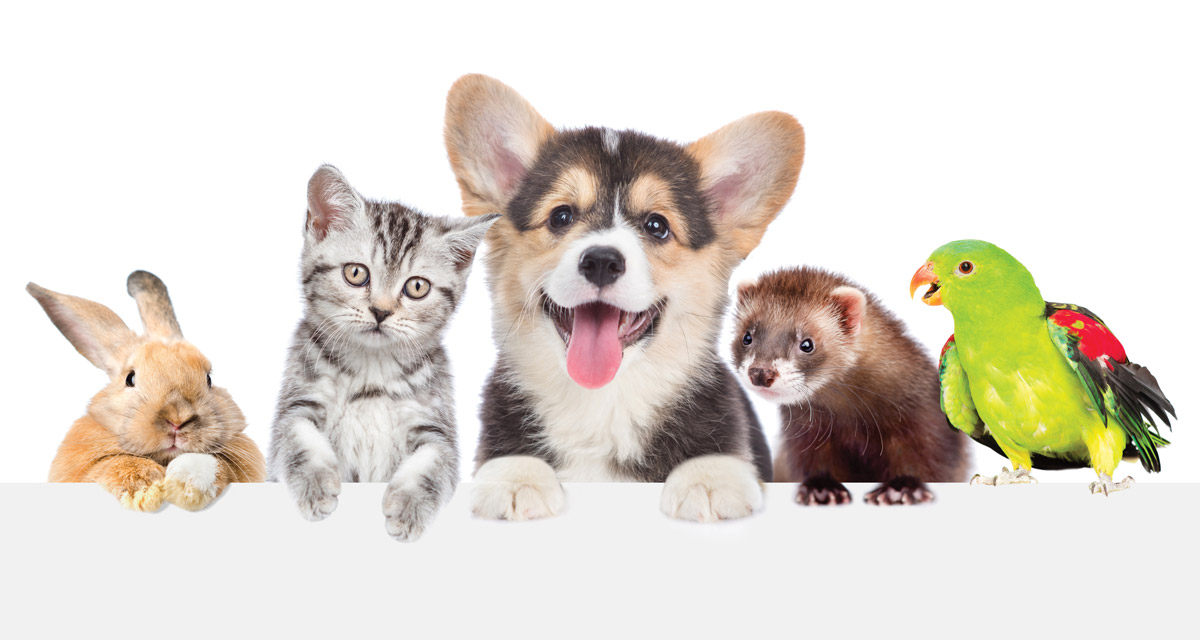“Please, please, pretty please! Can we have a unicorn, a tiger, or a dog?” Yes, the request overflowing with angelic pleading and promises may be a question you are currently debating! Animals, as seen on television or playing with a neighborhood child in the yard, create a romantic vision of companionship. Almost 70% of American families have some form of pet in the home. The daunting decision to add one additional responsibility to the daily routine may seem minor compared to the significant bond in ownership. The question most often asked is, “What is the best pet for our family?”
What are You Looking for in a Pet?
Before you make a decision, it is vital to consider what type of pet best suits the family, home, and lifestyle; so, ask yourself:
- Do local laws, or your housing arrangement limit your choice of pet?
- Will the pet receive the necessary attention and daily care?
- How much will the pet’s needs cost per month? Is it in my budget?
- Who will be the caretaker of the pet?
- How long will the pet be alone every day?
- Is it possible for the pet to be indoors during extreme temperatures?
- What is the time frame of training?
- Is there a location in the home large enough for the pet’s kennel or cage?
- Does the pet need a fenced-in area to run, or is there a safe location to take walks?
Finding the Right Match
Your child’s age can help you determine the appropriate animal. A pet that is active during the night, scratches, or tweets all hours of the day and night may be a questionable choice for young children. A larger breed of canine, or a hamster, guinea pig, ferret, or fish may be an ideal match for younger children.
The Loyal Companion
Are you the type who travels? Think about how your dog will fit into this picture. A water dog may love your family’s adventurous nature. Consider the daily routine of exercise, training, and grooming. A dog’s greatest need is companionship, and it will spend time with each member of the family. In thinking about a gentle disposition, consider adopting a Golden Retriever, beagle, spaniel, Labrador Retriever, or Basset hound.
Hello Kitty
Similar to dogs, cats have different personalities. One cat may love cuddling, while another arrives only in time for breakfast! As independent creatures—an appealing aspect for families gone for long periods—cats can also bite, scratch, and may not enjoy snuggling. While felines have quirks that make them adorable, daily care is essential to their happiness. In addition to feeding, watering, and grooming them, caring for the litter box must be someone’s job!
Sweet Bunny
Surprisingly, rabbits can be litter-box trained, a great appeal in considering adding Thumper to your family! Rabbits are active and social creatures that need regular exercise (in a contained and safe location) and quiet time. If you plan to have an indoor pet, you’ll need to bunny-proof, since rabbits love to chew, especially wood. Tasks to consider are daily feeding (including a diet of hay), watering, cleaning out the litter box daily or every third day, and sanitizing their house twice a month.
“Fawkes”
Sometimes, the conversation is a letdown. “Yes, darlin’,” we can get a bird, but the mythical Phoenix is impossible.” Families seeking a friendly, gentle, and suitable bird as a companion pet may choose a budgie (parakeet), cockatiel, cockatoos, parrotlets, or the sociable giant, a Hyacinth macaw. It’s often easier to bond with an animal who possesses an affectionate disposition. While most birds feel safe within their cage, consider offering your feathered-friend a stand-alone perch or the ability to fly safely within the home. In addition to feeding them a balanced diet, changing the water, and replacing the papers within their cage, birds enjoy human interaction.
Better with Two
Everyone needs a friend, including your pet. Animal behaviorists suggest dogs and rabbits thrive socially and need a companion and physical stimulation. With canines, these may prevent obedience issues that occur if a single dog is left alone.
Your family is about to get bigger! Soon, there may be a two or four-legged friend who will keep the children company, teach the value of compassion and responsibility. Whether “Fido,” “Tom,” “Thumper,” or “Fawkes,” he or she may become an essential part of every family occasion, and the quiet, lazy days, too!























